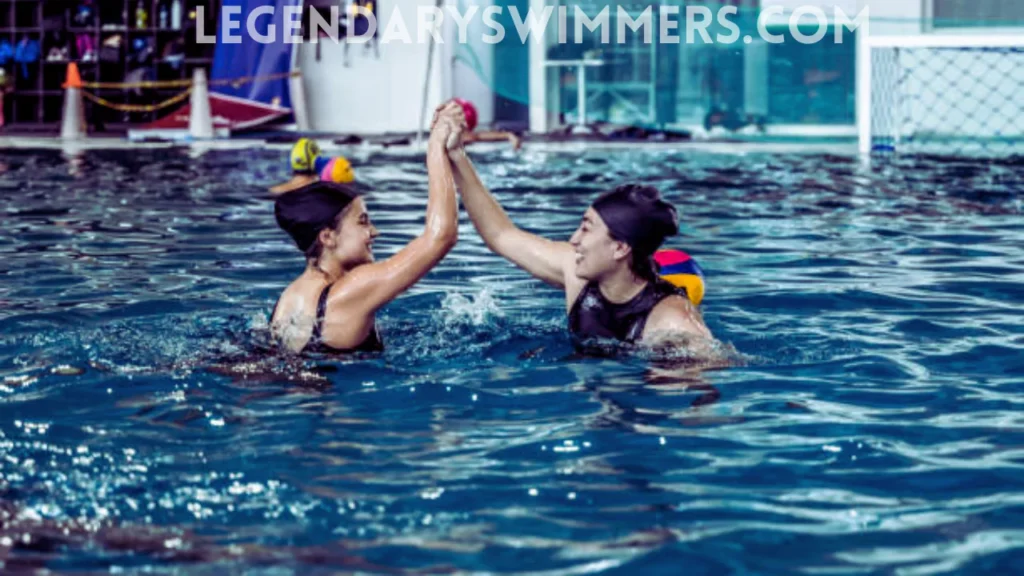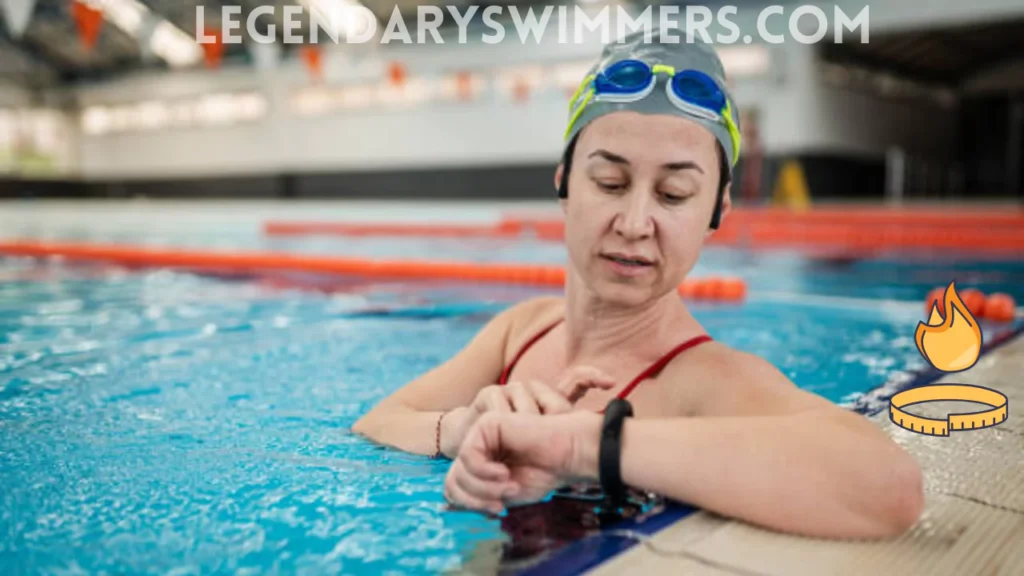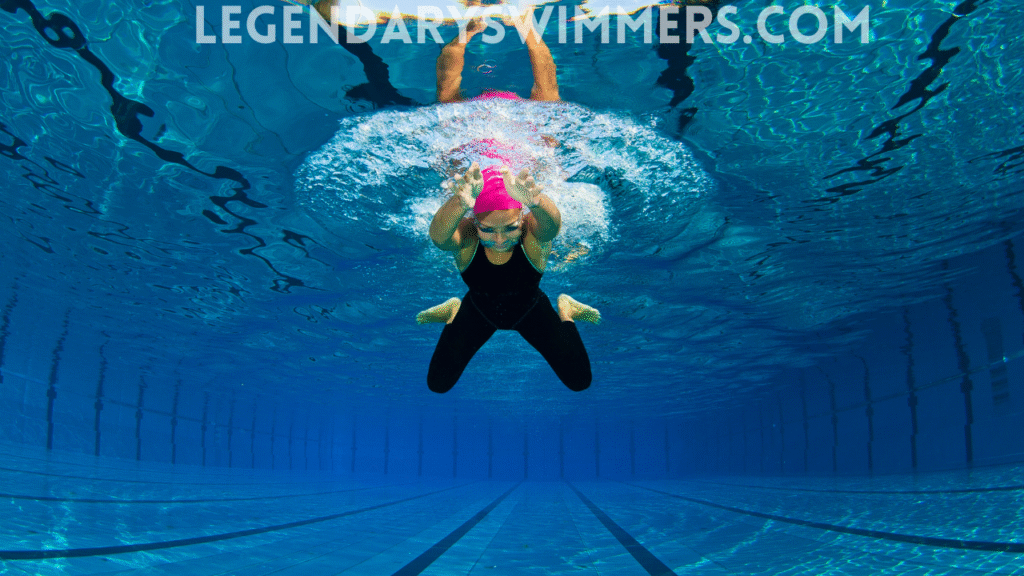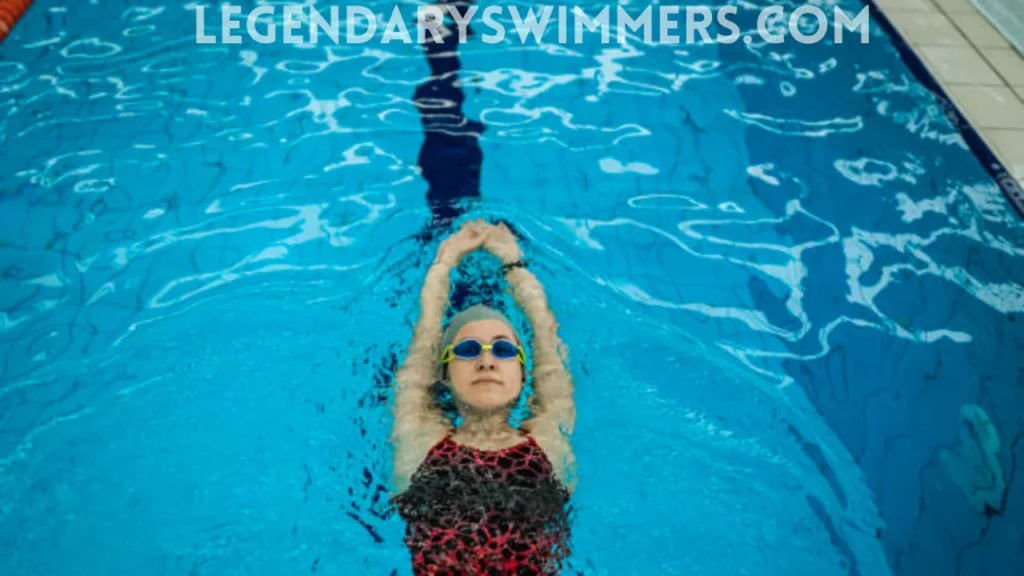
Breaststroke vs Butterfly: Which Swim Stroke is Best Workout
- Updated:
Breaststroke and butterfly are two of the most technical swimming strokes, each with unique challenges and benefits. Whether you’re a beginner choosing a stroke to master or a seasoned swimmer looking to diversify your skills, understanding the differences between breaststroke and butterfly can guide your training. This article compares their swimming techniques, muscle engagement, energy demands, and training approaches.
Overview of Breaststroke and Butterfly
Both breaststroke and butterfly are competitive swimming strokes governed by strict rules. They differ significantly in technique, physical demands, and application, making them distinct in training and competition.
-
Breaststroke: Known as the “frog style” stroke, breaststroke features a simultaneous arm pull and leg kick, with a gliding phase that emphasizes efficiency. It’s often taught to beginners due to its rhythmic nature and is popular in recreational swimming. “Breaststroke is generally considered the slowest of the four competitive strokes. Elite breaststrokers can swim approximately 1.70 meters per second (~5.6 feet per second)” .
-
Butterfly: A dynamic, undulating stroke, the butterfly stroke requires synchronized arm pulls and a dolphin-like kick. It’s considered the most strenuous stroke, demanding strength, coordination, and timing.
Technique Breakdown: Breaststroke vs Butterfly
Breaststroke Technique
Breaststroke relies on a cyclical pattern of pull, kick, and glide:
-
Arm Pull: Arms move symmetrically in a circular motion, pulling water backward and recovering forward in streamline.
-
Kick: The “frog kick” involves bending knees, drawing heels to hips, turning feet out, and pushing backward. The kick generates 70–80% of propulsion.
-
Timing: Arms pull while legs recover, and legs kick while arms extend into streamline, minimizing drag.
-
Body Position: Maintain a horizontal line, with a slight head lift for breathing during the pull phase.
Key Focus: Smooth, rhythmic movements with a strong frog kick to reduce drag and maximize glide efficiency.
Butterfly Technique
Butterfly demands precise coordination:
-
Arm Pull: Both arms pull simultaneously in a keyhole shape, driving water backward, followed by an over-water recovery.
-
Kick: The dolphin kick involves two leg kicks per arm cycle—one during the pull and one during recovery—using an undulating hip motion.
-
Timing: Arms and legs move in sync, with the body undulating like a wave. Breathing occurs during the arm recovery phase.
-
Body Position: A continuous wave-like motion from head to toes, requiring core strength and flexibility.
Key Focus: Powerful, synchronized movements with a fluid dolphin kick to maintain momentum.
Muscles Used: Breaststroke vs Butterfly
Both strokes engage the full body but target different muscle groups, impacting training needs.
| Muscle Group | Breaststroke | Butterfly |
|---|---|---|
| Legs | Quadriceps, glutes, hamstrings, adductors, and tibialis anterior power the frog kick. | Glutes, hamstrings, and quadriceps fuel the dolphin kick, with less emphasis on adductors. |
| Upper Body | Pectorals, deltoids, and lats drive the arm pull. | Pectorals, deltoids, lats, and triceps power the forceful arm pull. |
| Core | Stabilizes body position during the glide. | Abs and lower back drive the undulating motion; a strong core is critical. |
| Unique Aspect | Heavy reliance on the adductors and tibialis anterior, which may cause fatigue quickly in beginners. | Intense core and shoulder engagement due to the stroke’s dynamic nature. |
Dryland Tip: For breaststroke, try adductor squeezes and glute kickbacks with resistance bands from LegendarySwimmers.com. For butterfly, focus on plank variations and lat pull-downs to build core and upper body strength.
Energy Demands and Difficulty
-
Breaststroke:
-
Energy: Less demanding than a butterfly due to the glide phase, which allows brief recovery. Ideal for longer distances or recreational swimming.
-
Difficulty: Easier to learn for beginners, as the rhythmic pull-kick-glide cycle is intuitive. However, mastering the frog kick and timing takes practice to avoid issues like “breaststroker’s knee.”
-
Best For: Swimmers seeking a low-impact, endurance-focused stroke.
-
-
Butterfly:
-
Energy: Often called the most strenuous kick in swimming, butterfly burns more calories (up to 800–1000 per hour) due to its continuous motion and lack of glide, per Healthline.
-
Difficulty: Requires advanced coordination, strength, and flexibility, making it challenging for beginners. The dolphin kick and undulation demand precise timing.
-
Best For: Swimmers aiming for power, speed, and a high-intensity workout.
-
Common Mistakes to Avoid
Breaststroke Mistakes
-
Wide Knees: Spread knees beyond shoulder-width, increasing drag. Hinge at the knees and keep feet wider than knees, as advised by USMS.
-
Rushing the Kick: Kicking before feet are turned out reduces propulsion.
-
Illegal Kicks: Dolphin or scissor kicks are disqualified in competition, per the 2021 USMS Rule Book.
Butterfly Mistakes
-
Asymmetrical Kicks: Uneven dolphin kicks disrupt rhythm. Ensure both legs move together.
-
Over-Bending Knees: Excessive knee bend in the dolphin kick creates drag. Focus on hip-driven undulation.
-
Poor Breathing Timing: Breathing too late in the arm cycle breaks momentum. Lift your head during arm recovery.
Drills to Improve Breaststroke and Butterfly
Breaststroke Drills
-
Wall Kicks:
-
Purpose: Teach proper knee hinging.
-
How: Face the pool wall, press body against it, and perform frog kicks, drawing heels to hips. Minimize hip movement.
-
Reps: 2 sets of 10 kicks.
-
Equipment: Optional kickboard from Legendary Swimmers.
-
-
Streamline Kick on Front:
-
Purpose: Enhance kick efficiency in streamlining.
-
How: Push off in a streamline, kick just below the surface, lifting your head to breathe.
-
Reps: 4 x 50m, 45 seconds rest.
-
Equipment: Snorkel for focusing on kicking.
-
Butterfly Drills
-
Single-Arm Butterfly:
-
Purpose: Improve arm-kick coordination.
-
How: Swim butterfly using one arm, keeping the other in streamline. Alternate arms every 25m.
-
Reps: 4 x 50m, 1 minute rest.
-
Equipment: Optional swim fins
-
-
Dolphin Kick on Back:
-
Purpose: Strengthen dolphin kick mechanics.
-
How: Push off on back, perform dolphin kicks with arms in a streamline. Focus on hip-driven motion.
-
Reps: 4 x 25m, 40 seconds rest.
-
Equipment: Snorkel for easier breathing.
-
| Which Stroke Is Right for You? | Choose Breaststroke If: | Choose Butterfly If: |
|---|---|---|
| Skill Level | You’re a beginner or prefer a low-impact, endurance-focused stroke. | You’re an advanced swimmer seeking a high-intensity, power-driven workout. |
| Workout Style | You want a rhythmic, less intense workout suitable for longer distances. | You want to build core and upper body strength. |
| Technique Preference | You enjoy mastering the technical frog kick. | You’re training for competition and can handle the stroke’s demands. |
FAQs
Q: Which stroke is harder to learn?
A: Butterfly is generally harder due to its intense coordination and strength requirements. Breaststroke is more beginner-friendly but requires technical kick mastery.
Q: What muscles do breaststroke and butterfly work?
A: Breaststroke targets the quadriceps, glutes, adductors, and tibialis anterior. Butterfly emphasizes core, shoulders, and glutes, with less adductor focus.
Q: Is butterfly or breaststroke better for fitness?
A: Butterfly burns more calories (800–1000/hour) and builds power, while breaststroke is better for endurance and low-impact fitness.
Q: Can I combine both strokes in training?
A: Yes! Alternating strokes, as in the workout above, improves overall swimming skills and prevents overuse injuries.
Q: How do I avoid injuries like breaststroker’s knee?
A: For breaststroke, keep knees shoulder-width and strengthen adductors with resistance bands from Legendary Swimmers.
Conclusion
Breaststroke and butterfly offer unique challenges and rewards, from the rhythmic efficiency of the frog kick to the powerful undulation of the dolphin kick. By understanding their techniques, muscle demands, and training approaches, you can choose the stroke that aligns with your goals or combine them for a well-rounded swim routine. Elevate your training with drills, our sample workout, and tools like swim fins or pull buoys from Legendary Swimmers. Download our free workout plan to track your progress and start swimming stronger today!
References:
Read Also: Improve Breaststroke Kick Technique: Tips, Drills & Workouts
Recommended Products

Natasha Nicole Leyva
Hi, I’m Natasha—swimmer, coach, and aquatic fitness enthusiast. My journey began in New Zealand after a professor recommended swimming to help with a knee injury. The low-impact nature of swimming worked wonders, and it quickly became my favorite form of exercise. This passion grew into a thriving swim academy, and soon, requests for aquatic fitness classes started pouring in. After becoming certified, I realized how powerful water workouts could be for recovery and fitness. Now, I share my expertise here to help others experience the benefits of aquatic movement—whether for recovery, fitness, or fun!









